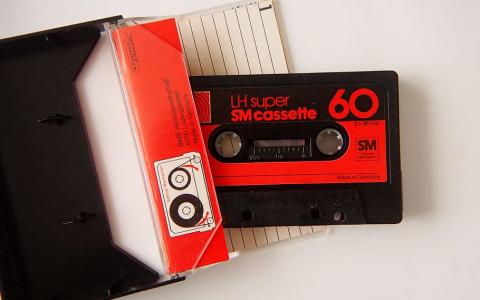
Brinker Capital publishes a truly great weekly market update. It's engaging and profoundly informative . . . and it's short. They pack a lot into two highly actionable pages, and as you know, too much data will make anyone's eyes cross. What's the point of combing through thousands of words to find the insights your clients will probably never read?
The most recent Brinker Weekly Wire from Tim Holland is especially fun. We've reproduced it below.

There are two ways one can hope to understand the 1980s – you lived through that momentous decade, or you’ve seen the 1998 Adam Sandler classic “The Wedding Singer.” Trust us, Mr. Sandler got the decade more right than wrong: the clothes, the hair, the junk bonds – or as Glenn Guglia explains to Julia Sullivan, “No, Jules, it’s high-yield bonds.”
If you think back on Wall Street in the ‘80s, a few things come to mind: the ‘87 Crash (the S&P 500 was up that year), a secular bull market, interest rates in the teens, the movie Wall Street, corporate raiders and junk bonds. Though the high-yield market predates the 1980s, the asset class came into its own during the decade as the Michael Milkens of the world raised billions of dollars for companies that had, on balance, less than pristine balance sheets and challenged operating histories (which is why they were non-investment grade or, to adopt the more popular and pejorative descriptor – “junk”).
To compensate investors for the risks associated with owning non-investment grade bonds, those bonds had to offer a higher yield than investment grade corporate bonds and government bonds. This remains true to this day; but it is the absolute level of the yield on offer from high-yield bonds that is the focus of this week’s Weekly Wire (sorry it took us so long to get there!). Studying the ICE BofA US High-Yield Index Effective Yield we learn high-yield bonds yield 4%, the lowest yield ever.
A few things have brought us to a 4% yield on high-yield bonds, including an accommodative Federal Reserve, low interest rates around the world, and expectations of a dramatic rebound in economic growth – all of which should make the timely payment of principal and interest on outstanding corporate bonds, both investment and non-investment grade, more likely. And if we had to pick a favorite scene from The Wedding Singer, it’s got to be Robbie Hart’s rendition of the J. Geils Band classic, “Love Stinks.”
Want to receive this kind of investment commentary every week? Brinker's VIP Messenger is right here.



